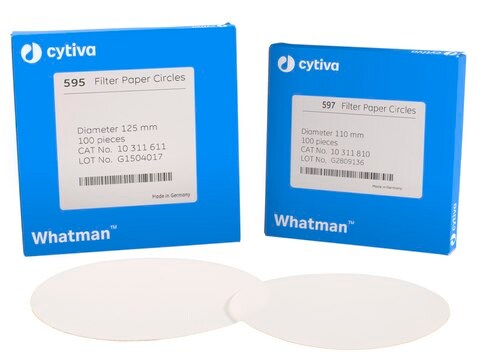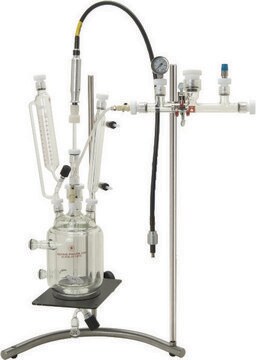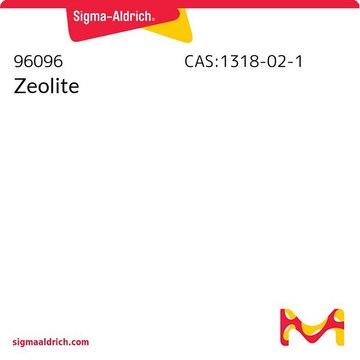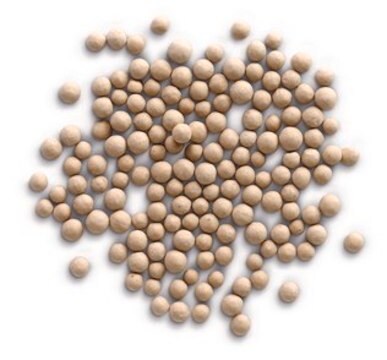24243
Mol Sieve 5A PLOT Capillary GC Column
L × I.D. 30 m × 0.32 mm, average thickness 15 μm
Sign Into View Organizational & Contract Pricing
All Photos(1)
About This Item
UNSPSC Code:
41115710
eCl@ss:
32119290
Recommended Products
material
fused silica
Quality Level
description
PLOT = Porous Layer Open Tubular
parameter
≤25-300 °C temperature (isothermal or programmed)
average thickness
15 μm
df
15 μm
technique(s)
gas chromatography (GC): suitable
L × I.D.
30 m × 0.32 mm
matrix active group
Aluminosilicate phase
application(s)
chemicals and industrial polymers
food and beverages
column type
capillary PLOT
Looking for similar products? Visit Product Comparison Guide
Related Categories
General description
Porous-layer open-tubular (PLOT) columns are a powerful tool used in gas chromatography for analysis of fixed gases, light hydrocarbons and volatile solvents. They are mostly preferred over traditional columns.
Application: This column can be used for the separation of many permanent gas components, such as oxygen, nitrogen, carbon monoxide, and methane, in less than five minutes. More difficult separations, such as argon from oxygen, can be achieved by using subambient temperatures. These columns possess the strongest adsorption strength of any PLOT column.
USP Code: None
Phase:
USP Code: None
Phase:
- Aluminosilicate
- Subambient to 300 °C (isothermal or programmed)
Application
Mol Sieve 5A PLOT Capillary GC Column may be used in capillary gas chromatography, used for the determination and quantitative analysis of complex mixtures of food fatty acids.
Other Notes
We offer a variety of chromatography accessories including analytical syringes
Storage Class Code
11 - Combustible Solids
Choose from one of the most recent versions:
Already Own This Product?
Find documentation for the products that you have recently purchased in the Document Library.
Quantitative analysis of food fatty acids by capillary gas chromatography.
Slover HT and Lanza E.
Journal of the American Oil Chemists' Society, 56 (12), 933-943 (1979)
Porous layer open-tubular capillary columns: preparations, applications and future directions.
Journal of Chromatography A, 842 (1), 115-142 (1999)
Our team of scientists has experience in all areas of research including Life Science, Material Science, Chemical Synthesis, Chromatography, Analytical and many others.
Contact Technical Service








